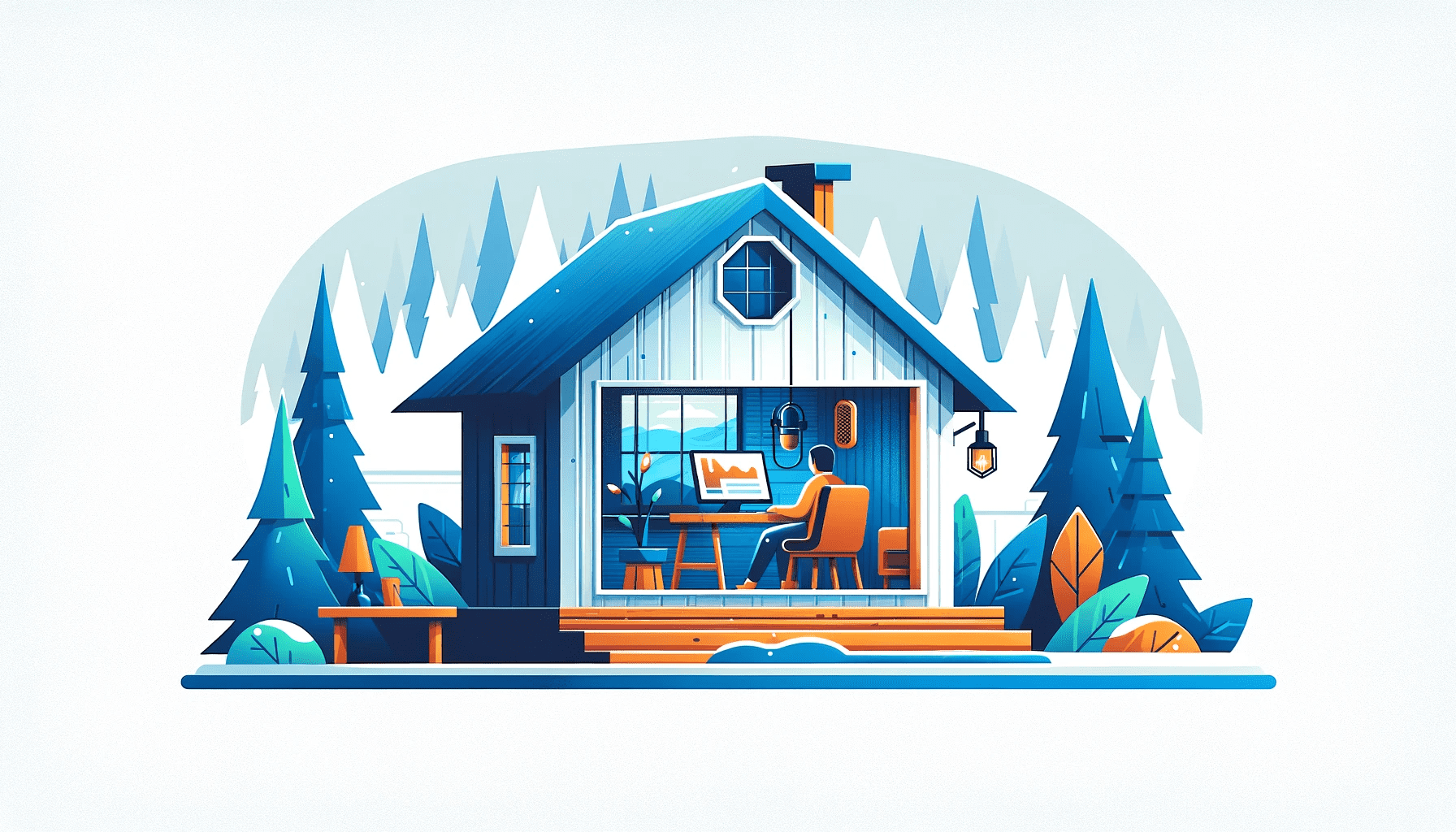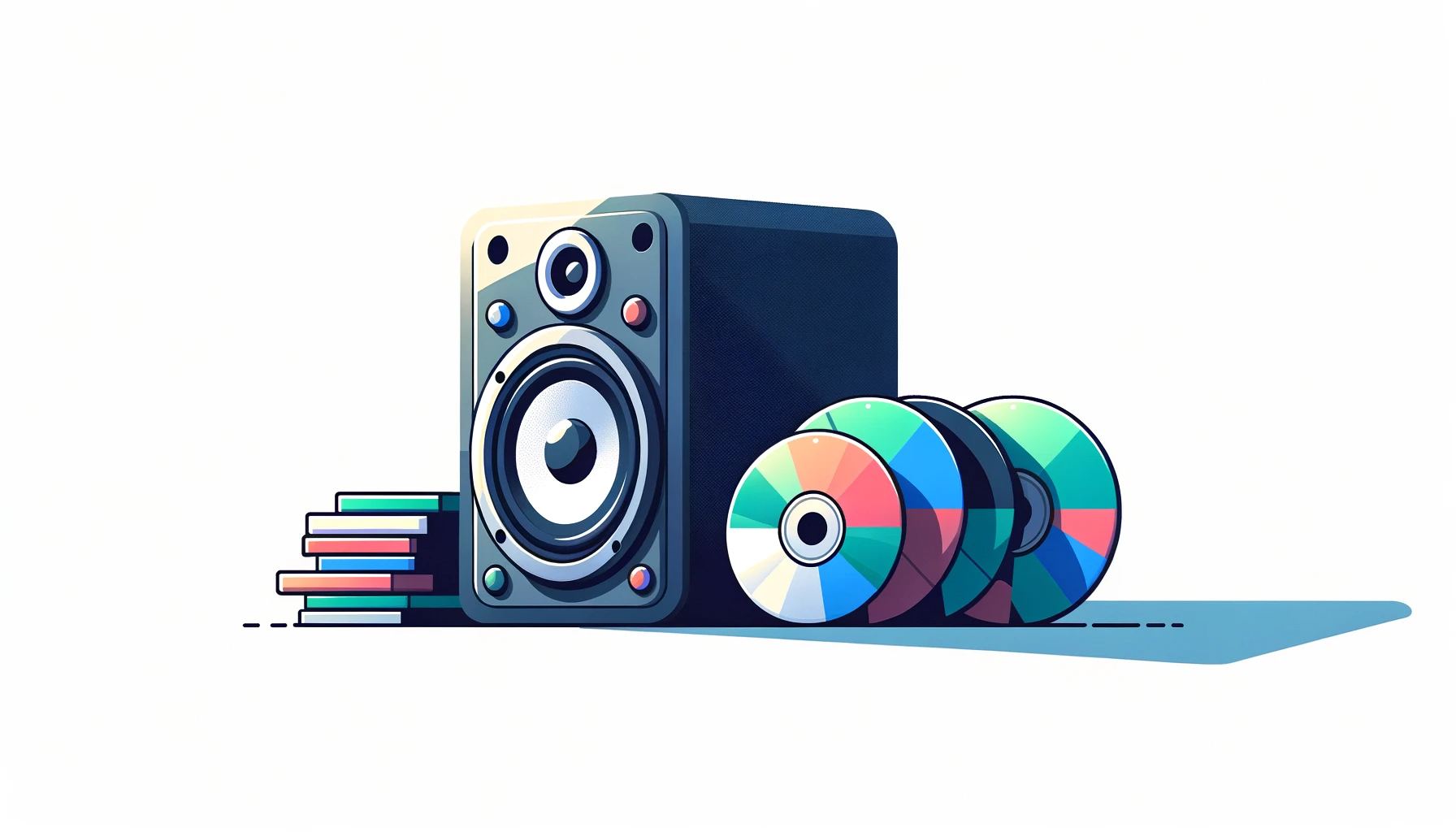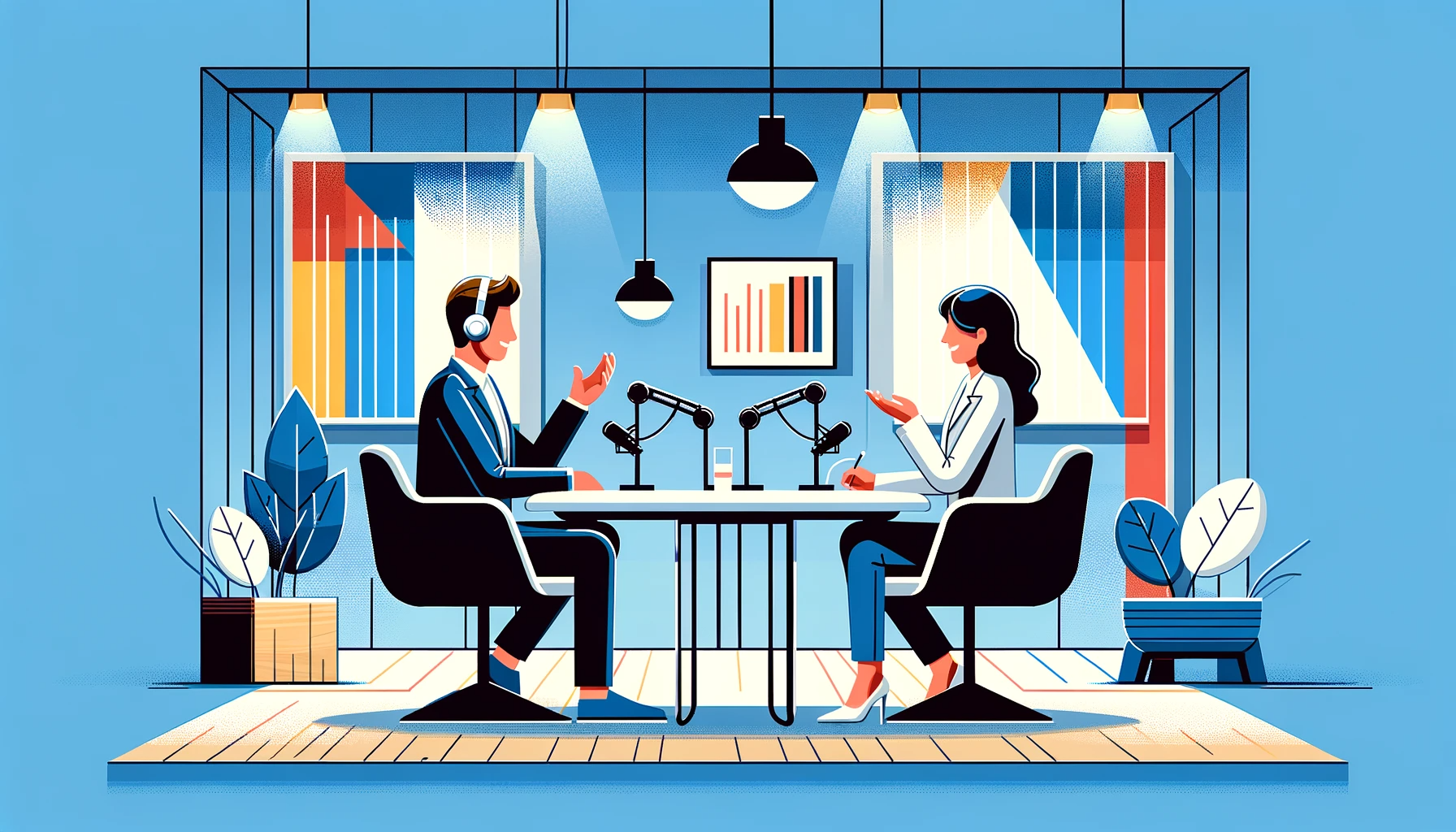The 5 Differences between Radio and Podcasts (+ Fun Quiz)
Are podcasts versions of radio shows? Check out these five differences between podcasts and radio.
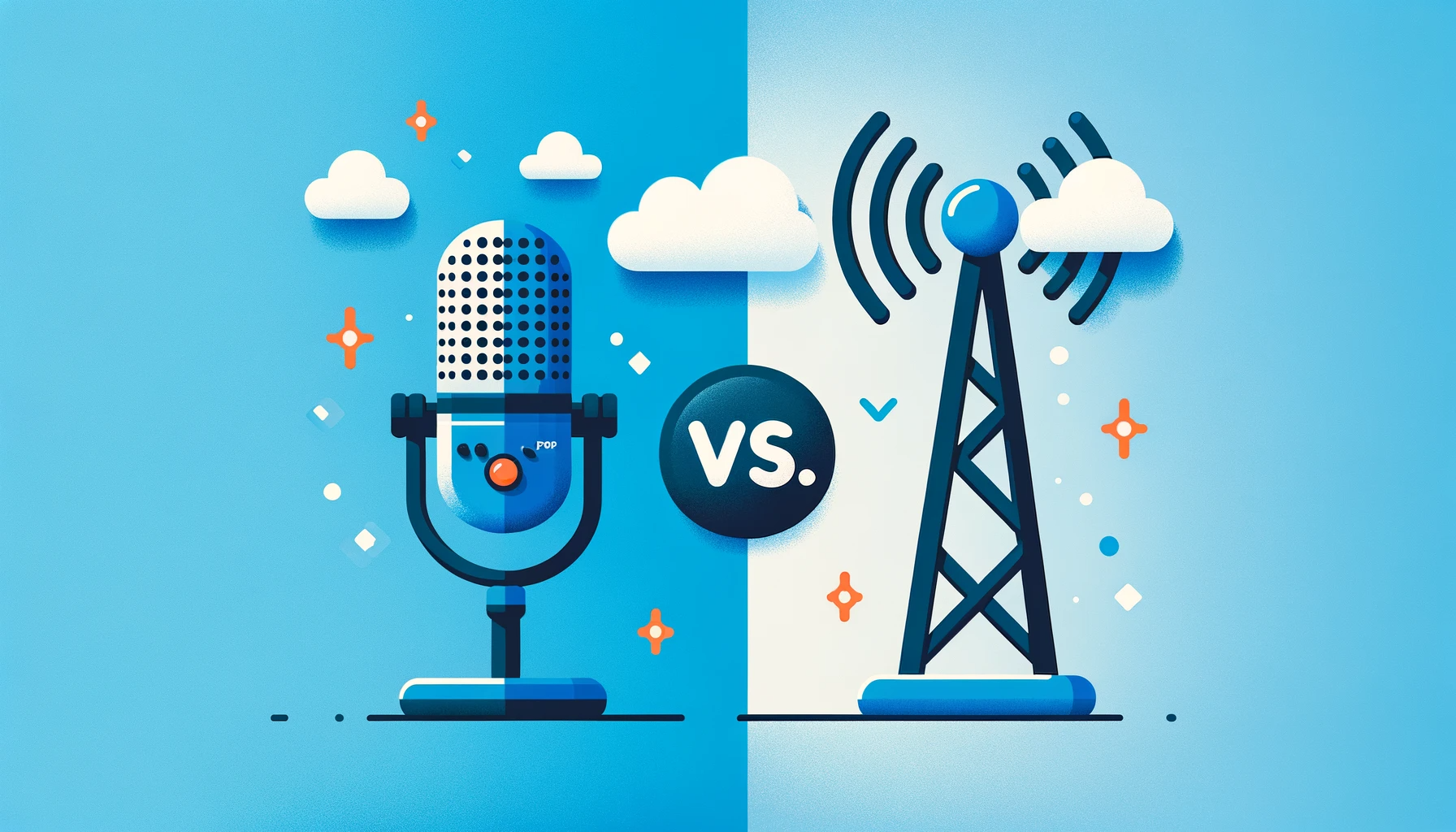
In this post:
We compare podcasts and radio programs.
To keep you super-engaged, there is a fun quiz at the start to test your PODCAST & RADIO knowledge.
Feeling confident and ready?
Let’s go:
Podcast & Radio Quiz
There are three questions. Have fun. Don’t forget to share.
- Which words were combined to form the term “Podcast”?
- iPod and Podcasting
- iPod and Broadcast
- Pod and Cast
- Which year was the first internet radio station created?
- 1997
- 1993
- 1995
- Do public performance rights cover the use of commercial music like a Beatles song in a podcast?
- No
- Yes
Radio vs. Podcast
1. Listeners have to follow the station’s schedule vs. People choosing when to listen
Catching a radio show (either live or pre-recorded) requires that you tune in as it’s airing.
The radio station (Internet, AM, or FM) sets the schedule for its programs.
For instance, if the morning drivetime show airs from 6 am – 10 am, listeners have to turn on their radios during this time, or the content is gone forever.
Well, that’s true…
…unless the radio station records its breakfast show and makes it available on their website as an archive.
What is an archive?
A radio archive is an exact recording of the live programming.
You can listen to radio archives from the radio station’s website. But you can’t download them.
Listeners have the freedom to choose when to listen to podcasts. The audio podcast is always online waiting to be downloaded or streamed.
But can a podcast be live?
Yeah, some podcasts are live.
The podcast creator will broadcast the show to live listeners, while also recording it.
In this respect, a live podcast is very similar to an internet radio show or webcast.
2. Public performance rights vs. Reproduction and distribution rights
Three essential rights protect musical works:
- Reproduction right
- Distribution right
- Public performance right.
When a station plays mainstream music, it pays a fee called a royalty to Performing Rights Organizations, e.g., the ASCAP on behalf of the copyright holder.
So what qualifies as a public performance?
Good question.
It is performing music to a gathering of people. Your close friends and family don’t count as the public.
Playing music on radio or TV constitutes a public performance.
Internet radio stations also pay royalties to PROs because streaming music is a public performance.
What if a radio station decides to repackage its morning drive show as a podcast?
“They have to remove the music.”
Simply because downloading involves making copies of the copyrighted content.
Without the reproduction and distribution rights from the copyright holder, this constitutes infringement.
PROs handle public performance licensing. But to get reproduction and distribution rights, podcast creators have to seek permission from the songwriter and music publisher directly.
Rather than take this hard route, podcast creators commission original music from musicians and get all the permissions from the artist.
Some music sites offer music that’s legal for podcasts (podsafe music).
However, this will be independent music, and not the mainstream or “hits” played on the radio.
3. Radio has a strict schedule vs. Setting your format
Radio stations adhere to format clocks or schedules, where program elements such as music, news, or weather are allotted fixed time slots.
Maintaining a strict format enables the radio to establish consistency in their programming.
This helps listeners know what to expect when they tune in to a particular radio.
For example:
You’re hardly going to hear a two-hour long talk show at a Top 40 radio station.
Podcasts don’t adhere to set formats.
Creators have control over the content and length of their shows.
So depending on the amount of content you have, you can make your podcast as long or short as needed.
4. Appeals to a broad audience vs. Targeting a specific audience
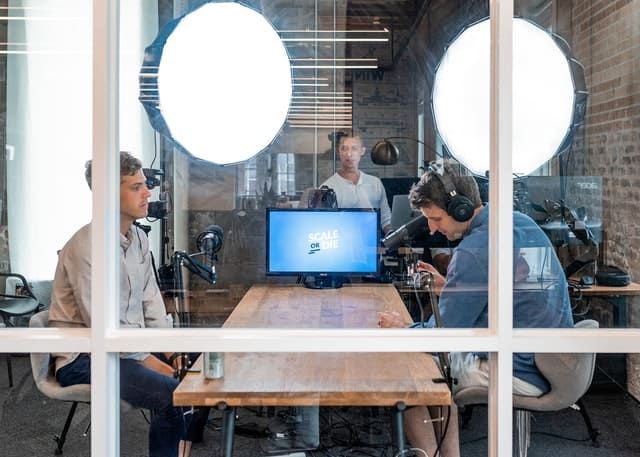
Photo by Austin Distel
Commercial radio stations try to draw in as many listeners as possible.
Well, having more listeners means more ad revenue.
So the station may create a variety of programs that appeal to various demographics such as millennials and baby boomers.
They may play popular songs over and over.
It kinda sounds annoying…
But it’s a way to ensure that when a listener tunes in, they are likely to catch their favorite song.
If they don’t hear it, as the reasoning goes, they may tune to a different radio station.
“Find your niche,” maybe the first piece of advice you hear when you seek to create a new podcast.
For example:
You can create a successful podcast that targets people who love tattooing cars.
“Yeah, cars.”
But would an internet radio station go after such a specific niche and have many listeners?
5. Audio format Vs. Different file formats
AT THE RISK of repeating myself…
Podcasts are also on-demand digital media files like audio files, videos, PDF files, or Epub files.
They are made available via web syndication using RSS feeds that deliver content to the user’s media players such as laptops, computers, digital radios, etc.
Radio deals solely with broadcasting audio via radio waves or the internet.
Are you enjoying the content
Never miss another post by subscribing to our blog.
And take a quick moment to like our Facebook page.
You can follow us on Twitter.
Start your internet radio with us
We offer an excellent hosting option with a fully customizable price. Get started easily.
